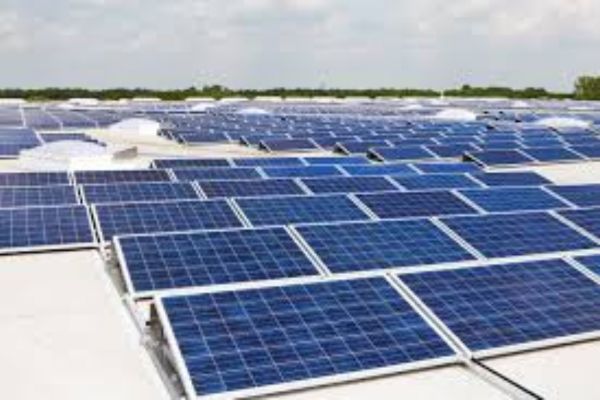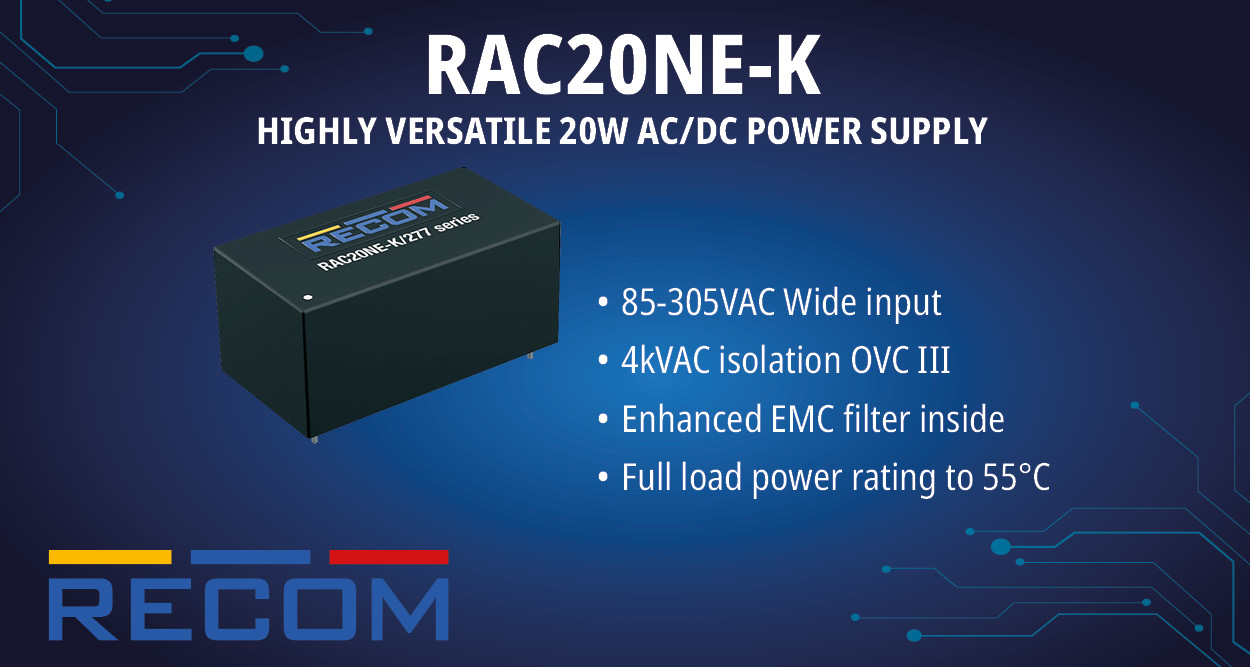The global solar PV panel market size was estimated at USD 45.43 million in 2024 and is expected to be worth around USD 103.66 million by 2034, growing at a compound annual growth rate (CAGR) of 8.6% during the forecast period 2025 to 2034.
The global transition towards sustainable energy solutions has propelled the demand for solar photovoltaic (PV) panels. As countries and industries shift from conventional energy sources to renewable alternatives, solar PV technology has emerged as a key driver of this transformation. The market for solar PV panels is experiencing remarkable growth, with promising projections for the future.
As the world moves towards sustainable energy solutions, solar photovoltaic (PV) panels have emerged as a key player in the global shift towards cleaner and more efficient power generation. Harnessing energy from the sun, solar PV panels offer an eco-friendly and cost-effective alternative to traditional fossil fuels. In this blog, we will explore the advantages, working principles, and future prospects of solar PV technology.
Understanding Solar PV Panels
Solar PV panels are devices that convert sunlight into electricity using semiconductor materials. When sunlight hits these materials, it generates an electric current through the photovoltaic effect. The electricity produced can either be used immediately, stored in batteries, or fed into the power grid.
There are three primary types of solar PV panels:
- Monocrystalline Solar Panels – Known for their high efficiency and longevity, these panels are made from a single crystal structure, allowing better electron flow.
- Polycrystalline Solar Panels – Slightly less efficient but more cost-effective, these panels are made from multiple silicon crystals.
- Thin-Film Solar Panels – Lightweight and flexible, these panels are ideal for applications where traditional panels may not be suitable.
Benefits of Solar PV Panels
1. Environmentally Friendly
Solar energy is a clean and renewable source of power that reduces greenhouse gas emissions and minimizes reliance on fossil fuels. Unlike coal or natural gas, solar panels generate electricity without harmful pollutants.
2. Cost Savings
Although the initial investment in solar PV systems can be significant, long-term savings are substantial. Homeowners and businesses can reduce electricity bills, take advantage of government incentives, and even sell excess power back to the grid through net metering.
3. Energy Independence
Solar panels provide an opportunity for energy independence, reducing reliance on centralized power grids and protecting against fluctuating energy prices.
4. Low Maintenance
With minimal moving parts, solar PV panels require little maintenance. Regular cleaning and occasional system checks ensure optimal performance for 25–30 years or more.
Future Trends in Solar PV Technology
With advancements in solar technology, the future looks promising. Some emerging trends include:
- Bifacial Solar Panels: These panels capture sunlight from both sides, increasing energy output.
- Perovskite Solar Cells: Offering higher efficiency at a lower cost, these next-generation cells could revolutionize the solar industry.
- Floating Solar Farms: Deployed on water bodies, these installations maximize land use while generating clean energy.
- Solar-Integrated Buildings: Innovations like solar windows and solar roofs are making renewable energy an integral part of urban infrastructure.
Market Growth Drivers
Increasing Demand for Renewable Energy
Governments and organizations worldwide are aggressively promoting clean energy adoption to combat climate change. Policies, subsidies, and incentives for solar energy installations are fostering market expansion.
Declining Costs of Solar PV Panels
Advancements in manufacturing technologies, economies of scale, and innovations in photovoltaic cell efficiency are driving down the cost of solar panels, making them more accessible for residential, commercial, and industrial applications.
Energy Storage Innovations
The integration of energy storage solutions, such as lithium-ion and solid-state batteries, is enhancing the reliability of solar energy, allowing users to store excess power for use during non-sunny hours.
Increasing Investments in Infrastructure
Governments and private sector players are investing heavily in solar farms and distributed solar systems. These investments are expected to create opportunities for market growth and expansion.
Solar Photovoltaic (PV) Market Geography Segment Analysis
Solar Photovoltaic Market in North America
The North American solar photovoltaic market demonstrates robust growth driven by supportive government policies, technological advancements, and increasing adoption across residential, commercial, and utility sectors. The United States leads the regional market with significant installations across multiple states, particularly in California, Texas, and Florida. Canada follows with its own ambitious renewable energy targets and implementation of various incentive programs. The region benefits from well-developed infrastructure, strong research and development capabilities, and increasing corporate commitments to renewable energy adoption.
United States: Leading the North American Solar PV Market
The United States stands at the forefront of the North American solar photovoltaic market, supported by a robust framework of federal and state-level incentives, including tax credits and renewable portfolio standards. The country has seen remarkable growth in utility-scale solar projects while maintaining steady expansion across residential and commercial sectors. As of 2024, the U.S. accounts for approximately 91% of North America’s photovoltaic market share, driven by a diverse range of applications, from vast solar farms to residential rooftop installations. The industry benefits from declining technology costs, improved efficiency rates, and enhanced grid integration capabilities, solidifying the U.S. as a global solar leader.
Asia-Pacific: The Epicenter of the Global Solar PV Market
The Asia-Pacific region represents the largest and most dynamic solar photovoltaic market worldwide, fueled by rapid technological advancements and strong manufacturing capabilities. China dominates the regional landscape with extensive manufacturing infrastructure and ambitious installation targets. Japan maintains a mature solar sector, while India emerges as a high-growth market with aggressive expansion plans. The region’s solar growth is propelled by strong government support, declining technology costs, and surging energy demands that drive both large-scale and distributed solar installations.
China: Dominating the Asia-Pacific Solar PV Market
China continues to lead the Asia-Pacific solar photovoltaic market, supported by comprehensive policy frameworks and unparalleled manufacturing capacity. Holding approximately 58% of the region’s market share as of 2024, China’s solar industry is defined by large-scale utility projects and a rapidly growing distributed generation segment. The country’s integrated supply chains, technological advancements, and strong domestic demand for clean energy further strengthen its dominance in the global solar landscape.
India: The Fastest-Growing Solar Market in Asia-Pacific
India is emerging as the fastest-growing solar market in the Asia-Pacific region, with a projected compound annual growth rate (CAGR) of approximately 29% from 2024 to 2029. The sector’s expansion is fueled by ambitious renewable energy targets, government-backed incentives such as the Production Linked Incentive (PLI) scheme, and increasing private sector investments. India benefits from abundant solar resources, declining technology costs, and a strategic push for domestic manufacturing, positioning itself as a key player in the global solar transition.
Europe: Advancing Solar PV Adoption Through Policy and Innovation
The European solar photovoltaic market is driven by strong regulatory frameworks, technological advancements, and a commitment to achieving energy independence. Germany leads the regional market with extensive installations and a well-established solar infrastructure, while France, Italy, and the United Kingdom contribute significantly to the region’s solar expansion. Europe’s solar sector benefits from progressive environmental policies, innovations in solar technology, and an increasing focus on reducing reliance on fossil fuels.
Germany: A Leader in the European Solar Market
Germany remains a key leader in the European solar photovoltaic sector, backed by extensive support mechanisms and a well-developed solar ecosystem. The country’s solar market demonstrates balanced growth across residential, commercial, and utility-scale segments, with policies such as feed-in tariffs and growing investments in energy storage integration playing a crucial role in its expansion.
Germany’s Solar PV Growth Outlook
Germany’s solar market continues on a strong growth trajectory, driven by ambitious renewable energy goals and evolving regulatory policies. The country is focusing on technological innovations, energy storage advancements, and sector coupling strategies that integrate electricity, heating, and transport, reinforcing its position as a global solar energy pioneer.
South America: Rising Solar Market Potential
South America’s solar photovoltaic market is gaining momentum, leveraging abundant solar resources and growing electricity demand. Brazil stands out as the largest and fastest-growing market in the region, while Argentina’s solar sector is also expanding with increasing government support. The region’s solar industry benefits from the development of large-scale utility projects, rising distributed generation initiatives, and regulatory frameworks that encourage solar adoption across various sectors.
Middle East & Africa: Unlocking Solar Potential in Emerging Markets
The Middle East & Africa region presents significant growth opportunities in the solar photovoltaic market, driven by abundant solar resources and the need for energy diversification. Saudi Arabia is the fastest-growing solar market, while the United Arab Emirates leads in total installed capacity. The region’s solar expansion is supported by falling technology costs, ambitious renewable energy targets, and increasing investments in utility-scale solar projects.
Top Market Companies:
- JinkoSolar
- Hanwha Q Cells
- Canadian Solar
- SunPower Corporation
- Trina Solar
- GCL System Integration
- LONGi Solar
- First Solar
- Risen Energy
- Talesun
- JA Solar
- Yingli Solar
- ReneSola
















